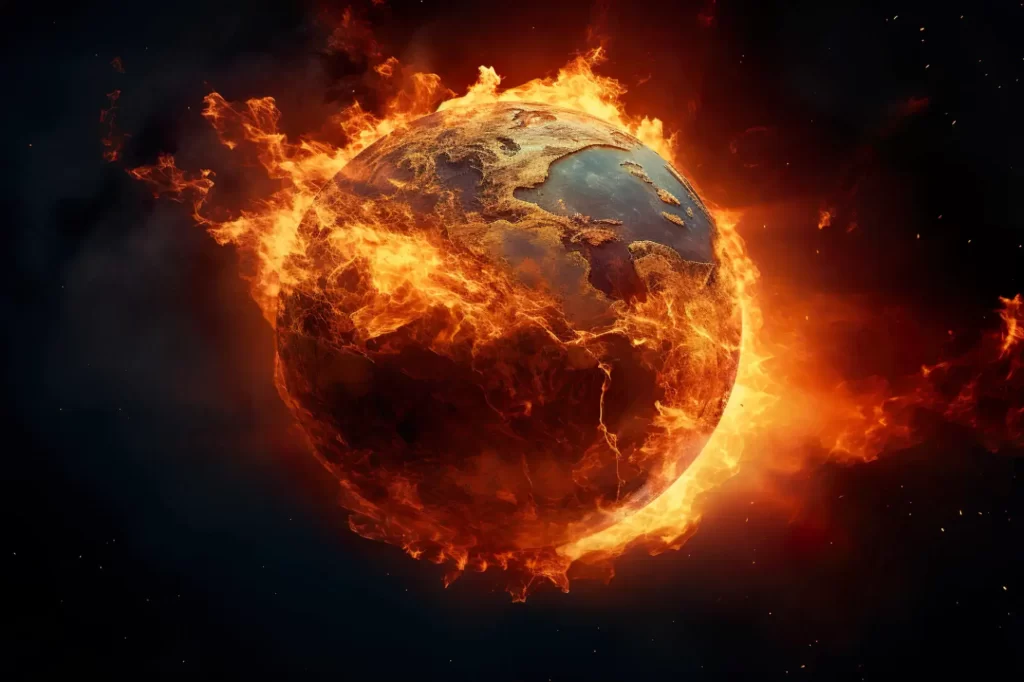
Global warming refers to the long-term increase in Earth’s average surface temperature due to human activities that release greenhouse gases into the atmosphere. Greenhouse gases, such as carbon dioxide (CO2), methane (CH4), nitrous oxide (N2O), and fluorinated gases, act like a blanket, trapping heat from the sun and preventing it from escaping back into space. This trapped heat leads to the warming of the planet, a phenomenon known as the greenhouse effect.
“Unlocking the Secrets of Cryptocurrency Mining: A Comprehensive Guide”
Human activities that contribute to the increase in greenhouse gas emissions include burning fossil fuels (coal, oil, and natural gas) for energy, deforestation, industrial processes, agriculture, and waste management. These activities release large amounts of greenhouse gases into the atmosphere, which have been accumulating since the beginning of the Industrial Revolution in the 18th century.
Factors which mainly contribute to global warming
Global warming is primarily caused by human activities that release greenhouse gases (GHGs) into the atmosphere. These gases trap heat from the sun, preventing it from escaping back into space and leading to an increase in the Earth’s average surface temperature. The major factors contributing to global warming include:
- Burning Fossil Fuels: The burning of fossil fuels (coal, oil, and natural gas) for electricity generation, transportation, and industrial processes is the largest source of greenhouse gas emissions. This releases carbon dioxide (CO2) into the atmosphere, which is the most significant GHG contributing to global warming.
- Deforestation and Land Use Changes: Deforestation, the conversion of forests into agricultural land, and other land use changes release CO2 into the atmosphere and reduce the Earth’s capacity to absorb carbon. Trees and other vegetation act as “carbon sinks,” removing CO2 from the atmosphere through photosynthesis.
- Agricultural Emissions: Agricultural practices, including livestock production, rice paddies, and the use of synthetic fertilizers, release methane (CH4) and nitrous oxide (N2O) into the atmosphere. These gases are potent greenhouse gases, with methane being significantly more effective at trapping heat than CO2 over a short time frame.
- Industrial Processes: Certain industrial processes, such as cement production and chemical manufacturing, emit GHGs like CO2 and fluorinated gases (hydrofluorocarbons, perfluorocarbons, and sulfur hexafluoride) that have a high global warming potential.
- Waste Management: Decomposing organic waste in landfills produces methane. Additionally, improper waste disposal and incineration of waste can release GHGs into the atmosphere.
- Use of Fluorinated Gases: Fluorinated gases, used in refrigeration, air conditioning, and aerosol propellants, are potent greenhouse gases with a high global warming potential.
- Permafrost Thaw: As the planet warms, permafrost (permanently frozen ground) in Arctic regions begins to thaw. Thawing permafrost releases large amounts of methane, a potent greenhouse gas, into the atmosphere.
It’s important to note that natural factors, such as volcanic eruptions and changes in solar radiation, can also influence the Earth’s climate. However, the current rapid warming trend is primarily driven by human activities, as indicated by overwhelming scientific consensus. To combat global warming and its consequences, it is crucial to reduce greenhouse gas emissions and transition to more sustainable and low-carbon practices in energy, transportation, agriculture, and land use.
Major contributors to global warming:

The contribution of countries to global warming varies significantly based on their population, level of industrialization, energy sources, and policies related to greenhouse gas emissions. Generally, countries with large populations and high levels of industrial and economic activities tend to have a greater impact on global warming. Here are some of the major contributors to global warming:
- China: As the world’s most populous country and a rapidly industrializing nation, China is the largest emitter of greenhouse gases. Its heavy reliance on coal for electricity generation and industrial processes is a significant factor contributing to its high emissions.
- United States: The United States is one of the largest emitters of greenhouse gases globally, primarily due to its extensive use of fossil fuels for energy production and transportation. While the U.S. has made efforts to transition to cleaner energy sources, its historical emissions have had a substantial impact on global warming.
- European Union: The European Union, as a collective entity, is a significant contributor to global warming, but individual member states’ contributions vary. Some EU countries have made significant progress in adopting renewable energy and reducing emissions, while others still rely heavily on fossil fuels.
- India: India is another populous country experiencing rapid economic growth, which has led to increased energy demand and greenhouse gas emissions. India’s reliance on coal for electricity generation and other industrial processes is a major contributor to its emissions.
- Russia: Russia is among the top greenhouse gas emitters due to its vast reserves of fossil fuels, particularly natural gas, which is a major export. Fossil fuel extraction and use, along with other industrial processes, contribute to Russia’s emissions.
- Japan: As a technologically advanced nation, Japan has a significant carbon footprint, primarily due to its energy consumption, which heavily relies on fossil fuels and nuclear power.
- Brazil: Deforestation in the Amazon rainforest and other land use changes contribute to Brazil’s greenhouse gas emissions. The country’s reliance on agriculture and livestock production also contributes to its carbon footprint.
- Indonesia: Indonesia’s high deforestation rates, driven by logging, agriculture, and palm oil production, are major contributors to the country’s emissions.
- Canada: Canada’s emissions are mainly tied to its large-scale fossil fuel extraction, transportation, and energy-intensive industries.
It is essential to note that while some countries are major contributors to global warming, others have relatively lower emissions. Furthermore, some countries, such as small island nations and least-developed countries, are disproportionately affected by the consequences of global warming despite having minimal contributions to the problem. Addressing global warming requires international cooperation and efforts from all countries to reduce emissions, transition to clean energy sources, and implement sustainable practices to mitigate the impacts of climate change.
How Sleeping with the Lights On Can Affect Your Sleep
Consequences of Global Warming
Global warming has a wide range of consequences, and its effects are already being observed in various aspects of the Earth’s climate, ecosystems, and human societies. Some of the major consequences of global warming include:
- Temperature Rise: Average global temperatures are increasing, leading to more frequent and intense heat waves. Higher temperatures can stress ecosystems, agriculture, and human health.
- Melting Ice and Rising Sea Levels: Warming temperatures cause glaciers and polar ice caps to melt, contributing to rising sea levels. This leads to coastal erosion, increased flooding, and the potential displacement of millions of people living in low-lying coastal areas.
- Extreme Weather Events: Global warming is linked to an increase in the frequency and intensity of extreme weather events, such as hurricanes, typhoons, droughts, heavy rainfall, and wildfires. These events can cause significant damage to infrastructure, agriculture, and human settlements.
- Ocean Acidification: The absorption of excess carbon dioxide by the oceans leads to ocean acidification. This harms marine life, particularly coral reefs and shell-forming organisms, which are vital parts of marine ecosystems.
- Biodiversity Loss: Many plant and animal species are struggling to adapt to rapidly changing climates. Global warming can disrupt ecosystems, leading to shifts in the distribution and behaviour of species and potential extinction of vulnerable species.
- Threats to Agriculture: Changes in temperature and precipitation patterns can affect crop yields and productivity, leading to food shortages and price fluctuations.
- Water Scarcity: Changes in precipitation patterns can lead to water scarcity in certain regions, affecting agriculture, drinking water supplies, and ecosystem health.
- Health Impacts: Global warming contributes to the spread of infectious diseases, affects air quality, and increases the risk of heat-related illnesses and deaths.
- Disruption of Ecosystems: Global warming can disrupt the timing of natural events, such as flower blooms and animal migrations, causing imbalances in ecosystems.
- Threats to Coastal Infrastructure: Rising sea levels and more intense storms can damage or inundate coastal infrastructure, including roads, buildings, and utilities.
- Economic Impacts: The consequences of global warming can have significant economic repercussions, including increased costs for disaster recovery, loss of livelihoods in affected regions, and potential disruptions to global trade and supply chains.
The effects of Global warming on habitats
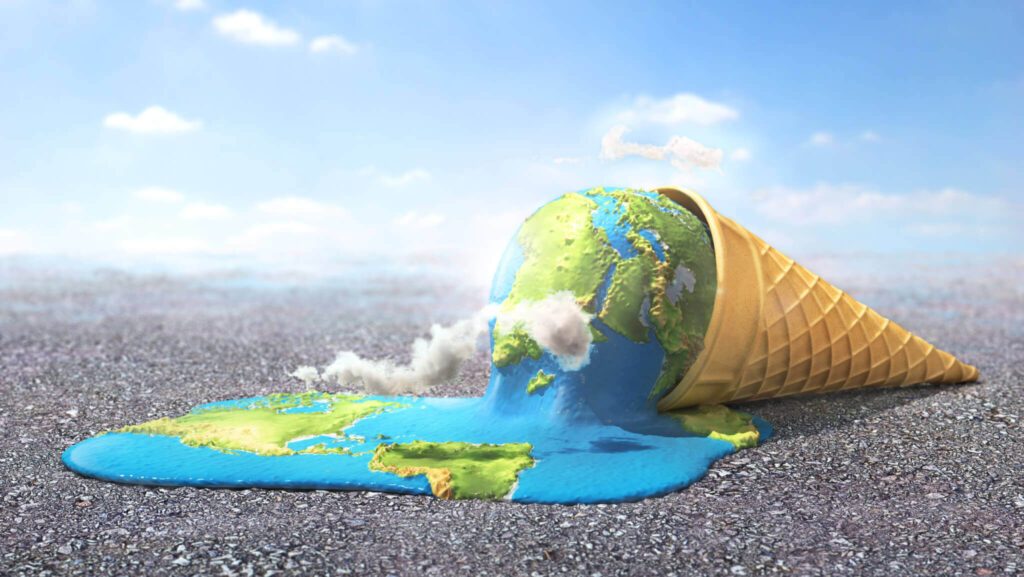
Global warming has a profound impact on habitats around the world. As the Earth’s average temperature rises, ecosystems face numerous challenges that can disrupt their functioning and lead to biodiversity loss. Here are some ways in which global warming affects habitats:
- Altered Temperature Regimes: Many species are adapted to specific temperature ranges. Global warming can lead to shifts in temperature regimes, affecting the distribution and behaviour of plants and animals. Some species may struggle to adapt or move to more suitable habitats, leading to disruptions in ecological interactions.
- Changes in Precipitation Patterns: Global warming can alter precipitation patterns, leading to more intense rainfall in some regions and prolonged droughts in others. These changes can affect the availability of water in habitats, impacting plant growth and the availability of resources for wildlife.
- Sea-Level Rise: Rising global temperatures cause ice caps and glaciers to melt, leading to sea-level rise. This rise in sea levels can flood low-lying coastal habitats, threatening valuable ecosystems like wetlands and estuaries.
- Coral Bleaching: Warming ocean temperatures stress coral reefs, leading to a phenomenon known as coral bleaching. When corals expel their symbiotic algae due to stress, they lose their colour and are more vulnerable to disease and death. This disrupts entire reef ecosystems and leads to loss of marine biodiversity.
- Shifts in Species Distribution: As habitats experience changes in temperature and climate, some species may move to new areas to find suitable conditions. This can lead to changes in species distribution and disrupt the balance of ecosystems.
- Disruptions to Migration Patterns: Many species, such as birds and marine animals, rely on precise timing and locations for migration. Global warming can disrupt these patterns, affecting the availability of food and breeding grounds, which can, in turn, impact population sizes.
- Altered Phenology: Global warming can alter the timing of natural events, such as flowering, fruiting, and hibernation, which can lead to mismatches between species that depend on each other for survival.
- Habitat Loss and Fragmentation: Some habitats, like polar regions and alpine ecosystems, are particularly sensitive to warming temperatures. As these habitats shrink or disappear, species that depend on them may face habitat loss and fragmentation, reducing their chances of survival.
- Increased Frequency of Wildfires: Global warming can create drier conditions in certain regions, leading to an increased risk of wildfires. These fires can cause significant damage to habitats, destroy plant and animal populations, and alter ecosystem dynamics.
- Ocean Acidification: Increased atmospheric CO2 leads to more CO2 dissolving into the oceans, causing ocean acidification. This can harm marine habitats, including coral reefs and shell-forming organisms, which are crucial for marine biodiversity.
The cumulative effects of these habitat changes can lead to declines in species populations, shifts in ecological communities, and potential extinctions of vulnerable species. Conserving and protecting habitats is essential to mitigate the impacts of global warming on the Earth’s biodiversity and maintain ecosystem services that support human well-being.
How Individual play a role in controlling
Individuals can play a crucial role in controlling global warming by adopting sustainable practices and making environmentally conscious choices. Here are some actions you can take on an individual scale to help mitigate global warming:
- Reduce Energy Consumption: Use energy-efficient appliances and lighting, turn off lights and electronics when not in use, and consider using renewable energy sources such as solar or wind power if available.
- Limit Transportation Emissions: Walk, bike, carpool, or use public transportation whenever possible. If you need a new vehicle, consider choosing an electric or hybrid model with lower emissions.
- Conserve Water: Reduce water waste by fixing leaks, using water-saving fixtures, and being mindful of water usage at home and in your garden.
- Reduce, Reuse, Recycle: Minimize waste by reusing items, recycling materials, and reducing single-use plastic and paper consumption.
- Support Sustainable Products and Practices: Choose products with minimal packaging, and opt for environmentally friendly and sustainably sourced goods.
- Plant Trees and Support Reforestation: Trees absorb carbon dioxide from the atmosphere, so planting trees or supporting reforestation efforts can help offset emissions.
- Advocate for Climate-Friendly Policies: Stay informed about climate change issues and advocate for policies that promote renewable energy, energy efficiency, and emissions reduction at local, national, and international levels.
- Reduce Meat Consumption: Consider reducing meat consumption or adopting a plant-based diet, as livestock agriculture is a significant source of methane emissions.
- Be Energy Conscious at Home: Use programmable thermostats to optimize heating and cooling, and consider better insulation to reduce energy waste.
- Educate Yourself and Others: Stay informed about climate change and share knowledge with family, friends, and colleagues to encourage collective action.
- Support Sustainable Businesses: Choose to support businesses and companies that prioritize sustainability and environmentally friendly practices.
- Practice Responsible Travel: When travelling, consider offsetting your carbon footprint through carbon offset programs or by supporting sustainable tourism initiatives.
- Reduce Air Travel: Opt for alternative modes of transportation or fewer flights, as air travel can have a significant impact on your carbon footprint.
While individual actions are essential, it’s also essential to recognize that tackling global warming requires collective efforts at the community, national, and global levels. Advocating for policy changes, supporting renewable energy initiatives, and encouraging businesses and governments to adopt sustainable practices can have a more significant impact on a larger scale. By leading by example and inspiring others to take action, individuals can contribute to a broader movement to combat global warming and create a more sustainable future.
How Governments play a role in Controlling
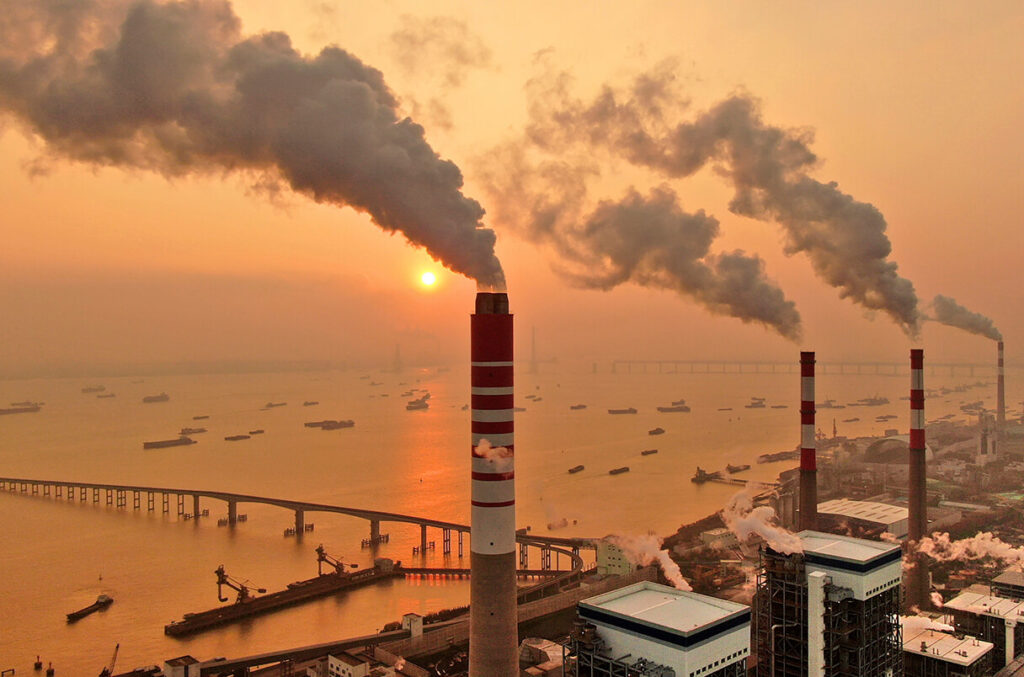
Governments play a crucial role in controlling global warming due to their ability to implement policies and regulations that can drive significant change on a national and international scale. Here are some ways governments can control global warming:
- Setting Emission Reduction Targets: Governments can establish ambitious emission reduction targets to limit greenhouse gas emissions. These targets can be set for various sectors, such as energy, transportation, industry, and agriculture.
- Implementing Cap-and-Trade Programs: Cap-and-trade systems can be introduced to put a cap on total emissions and allow industries to trade emissions allowances. This approach creates economic incentives for companies to reduce emissions and fosters the growth of cleaner industries.
- Promoting Renewable Energy: Governments can incentivize the development and use of renewable energy sources such as solar, wind, hydro, and geothermal power. This can be achieved through tax incentives, grants, or feed-in tariffs that encourage the deployment of clean energy technologies.
- Supporting Energy Efficiency: Governments can promote energy efficiency in buildings, transportation, and industries through regulations, subsidies, and public awareness campaigns.
- Investing in Public Transportation: Expanding and improving public transportation systems can reduce the reliance on individual car usage and lower emissions from the transportation sector.
- Raising Awareness and Education: Governments can raise awareness about climate change and its impacts through public education campaigns, media, and school curricula.
- Protecting Forests and Encouraging Reforestation: Governments can implement policies to protect existing forests from deforestation and promote reforestation efforts to enhance carbon sequestration.
- Supporting Climate Research and Innovation: Investing in climate research and supporting innovative technologies can lead to better understanding and solutions to combat global warming.
- International Cooperation: Governments can engage in international agreements and treaties, such as the Paris Agreement, to foster global cooperation in reducing emissions and addressing climate change collectively.
- Carbon Pricing: Implementing carbon pricing mechanisms, such as carbon taxes or carbon markets, can provide economic incentives for companies and individuals to reduce their carbon footprints.
- Regulating Fossil Fuel Extraction and Use: Governments can set regulations on the extraction, production, and consumption of fossil fuels to encourage cleaner alternatives and reduce emissions.
- Adapting to Climate Change: Governments should also prioritize adaptation measures to cope with the current and future impacts of climate change, including investing in resilient infrastructure and disaster preparedness.
- Encouraging Sustainable Agriculture: Promoting sustainable agricultural practices can reduce emissions from agriculture and help sequester carbon in soils.
It’s essential for governments to work together and create comprehensive, science-based policies to effectively address global warming. Combating climate change requires cooperation at all levels, including local, regional, national, and international, to ensure a sustainable and resilient future for the planet.
The goal is to limit global warming to well below 2 degrees Celsius above pre-industrial levels and to pursue efforts to limit the temperature increase to 1.5 degrees Celsius, as outlined in the Paris Agreement, an international treaty adopted in 2015 by nearly all countries to combat climate change.

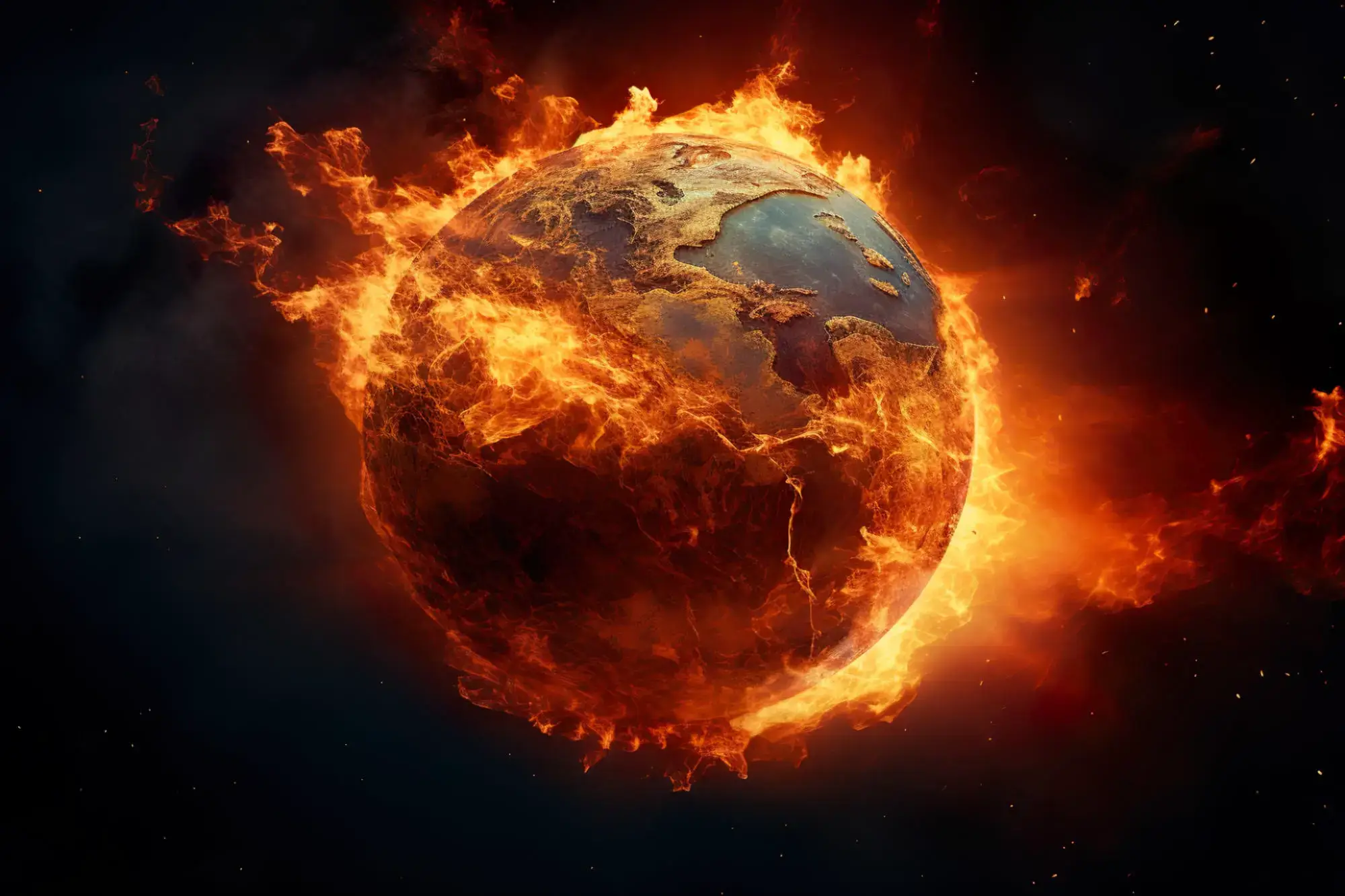
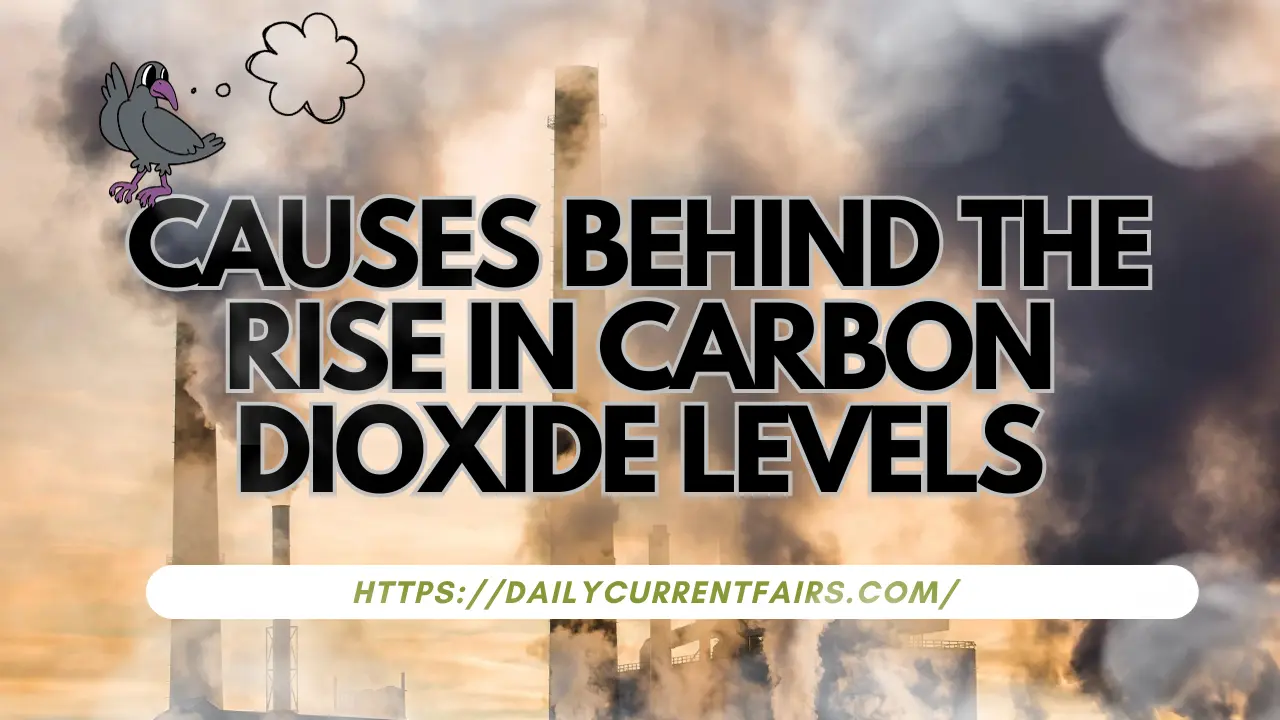

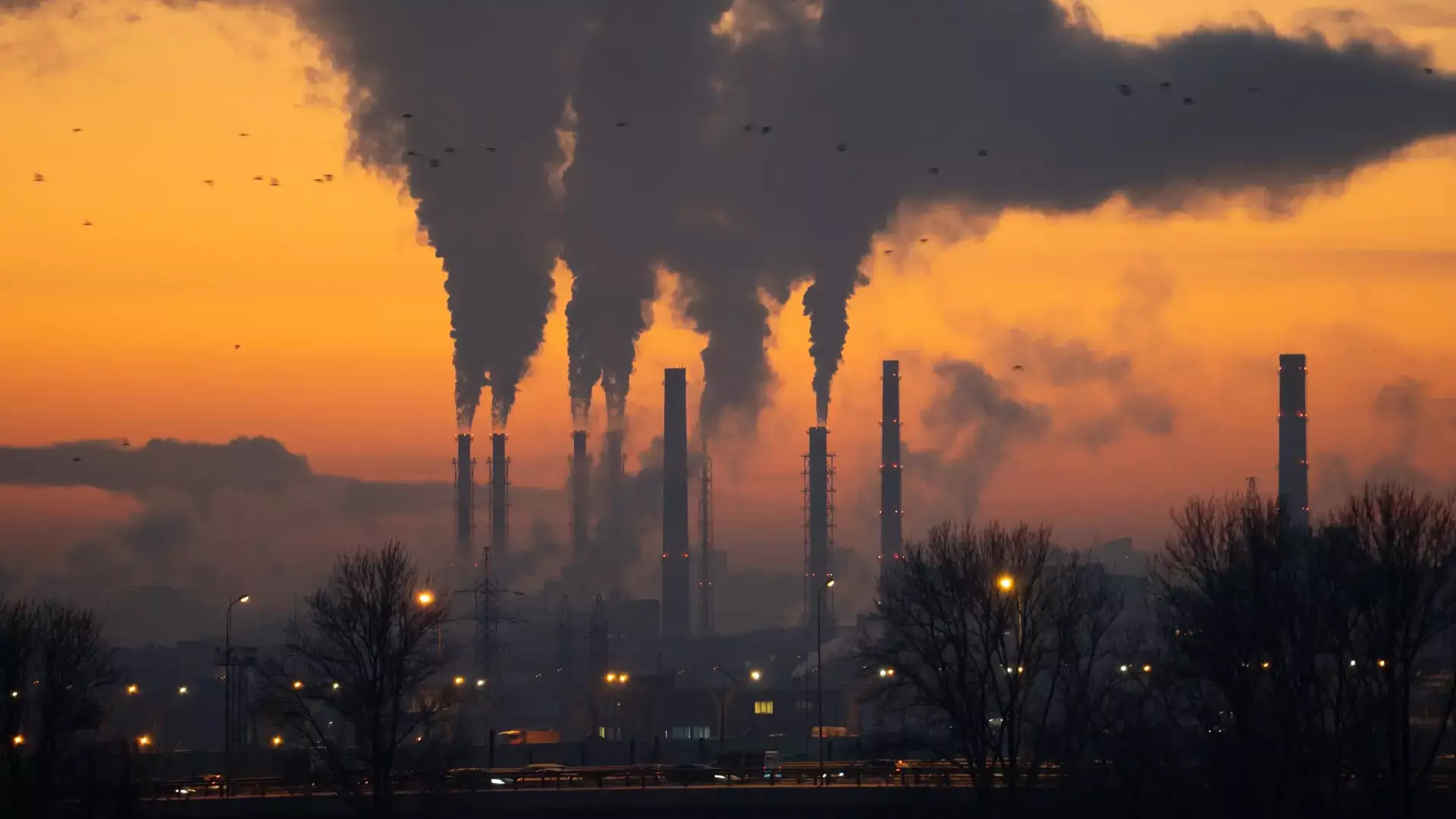
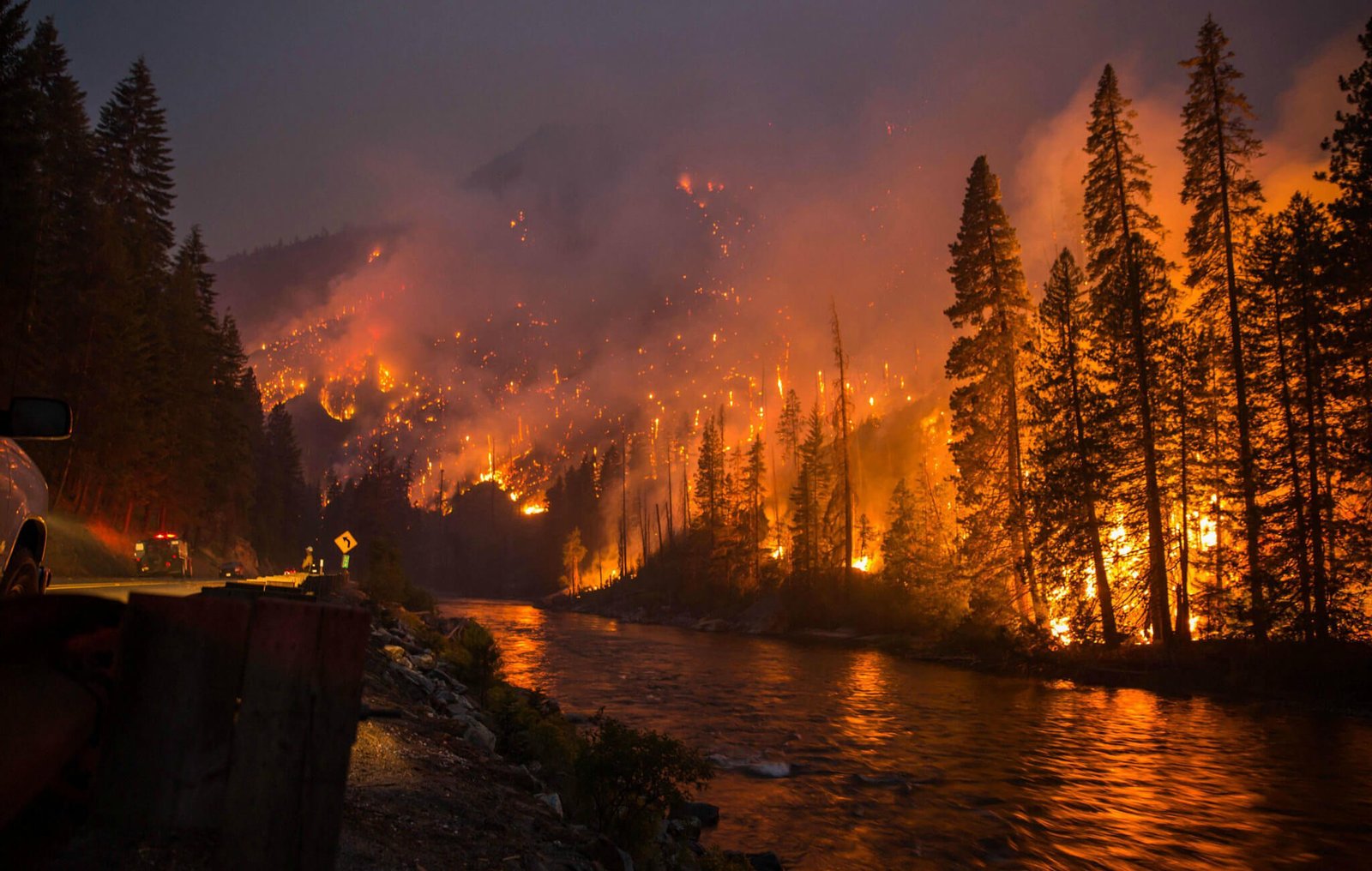
[…] “Unlocking the Secrets of Global Warming: Understanding, Impacts, and Solutions” […]
[…] “Unlocking the Secrets of Global Warming: Understanding, Impacts, and Solutions” […]
[…] “Unlocking the Secrets of Global Warming: Understanding, Impacts, and Solutions” […]
[…] “Unlocking the Secrets of Global Warming: Understanding, Impacts, and Solutions” […]
[…] “Unlocking the Secrets of Global Warming: Understanding, Impacts, and Solutions” […]
I have been browsing online more than three hours as of late, but I by no means found any interesting article like yours. It¦s pretty price enough for me. Personally, if all webmasters and bloggers made excellent content material as you did, the web might be much more helpful than ever before.